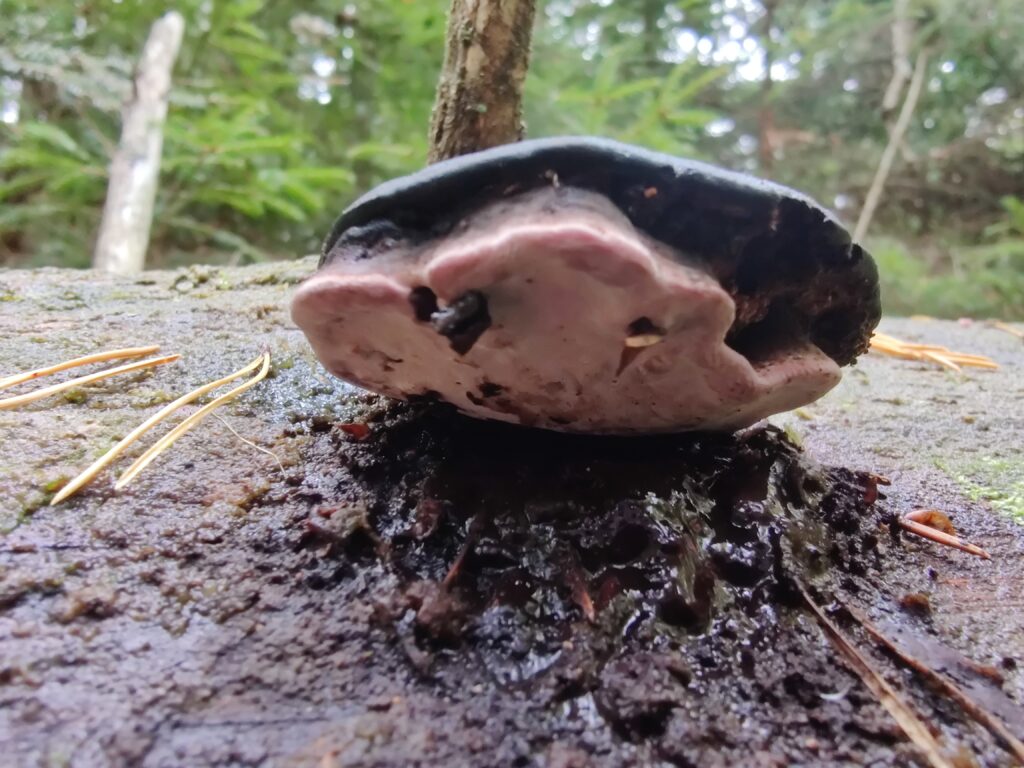Background
Aims
Sweden has 23 million hectares of productive forest land in which more than 80% consist of Norwegian spruce and Scot’s pine. During the 1950s, selectively logged uneven aged forests were replaced by plantations and young forests. Today about 200,000 hectares are clear-cut annually. This made the previous diverse forests decline and change with a negative effect on biodiversity. Deadwood is an important factor for forest biodiversity, in Sweden more than 700 of the 2000 red-listed forest species are dependent on deadwood and the current forestry practices has dramatically decreased the amount of deadwood.
Retention of trees (retention areas) in forestry has increased during the last decades, the aim of retention is to integrate biodiversity conservation with timber production and to preserve other ecosystem services by retaining important elements during harvest. The elements include both structures and areas, such as single trees of value, tree groups, standing dead trees, lying deadwood, and patches that are valuable habitats e.g., waterlogged woodlands, buffer zones bordering watercourses, lakes, and wetlands.
- Investigate the difference of deadwood quantity and quality in production forests of different ages and nature reserves.
- Investigate the difference between production forests and nature reserves, regarding trivial, indicator and red-listed species of bryophytes, lichens, and wood fungi on dead trees.
- Investigate if retention areas that forests companies have done in production forests makes a difference, regarding deadwood and species diversity.
